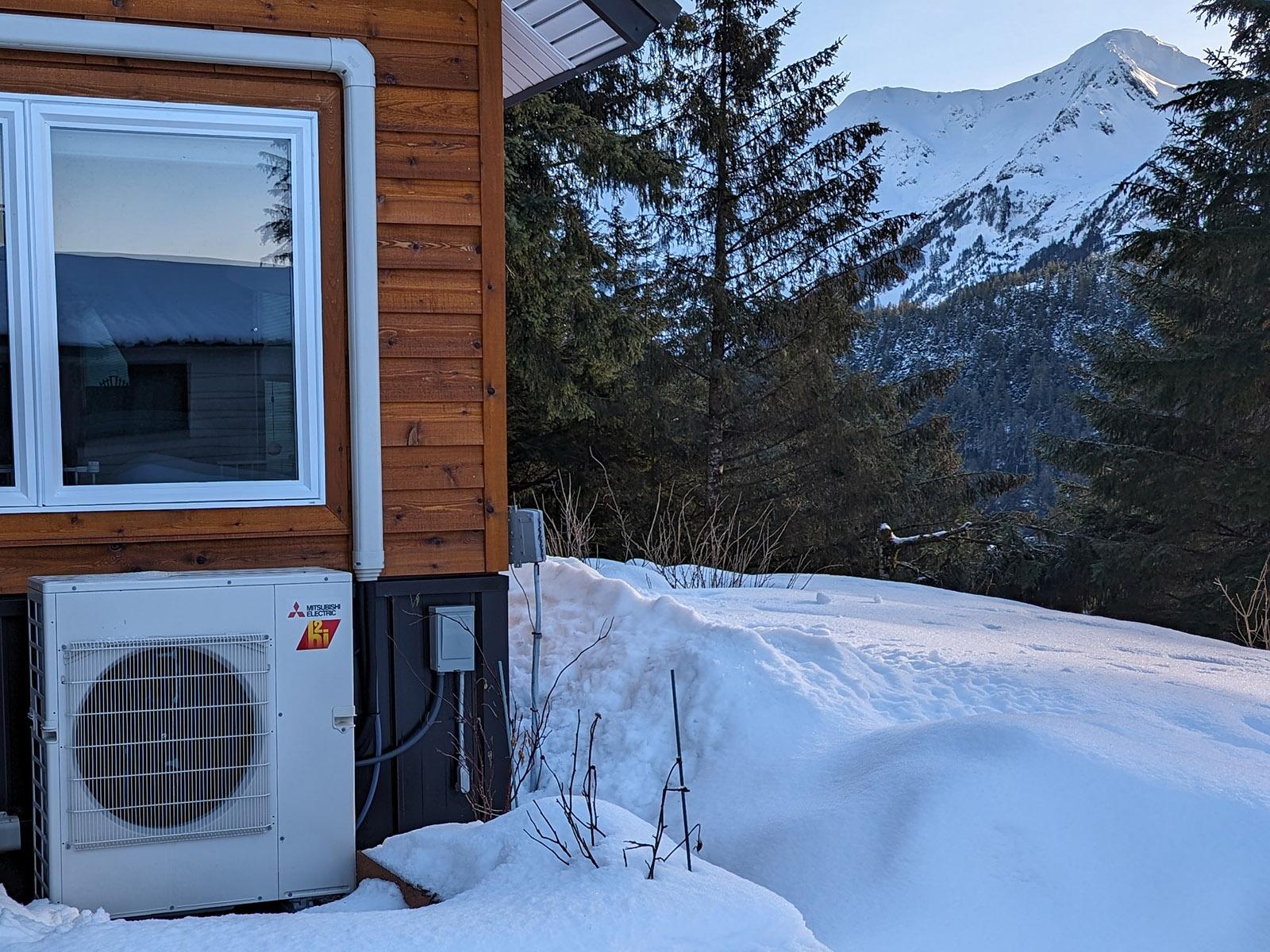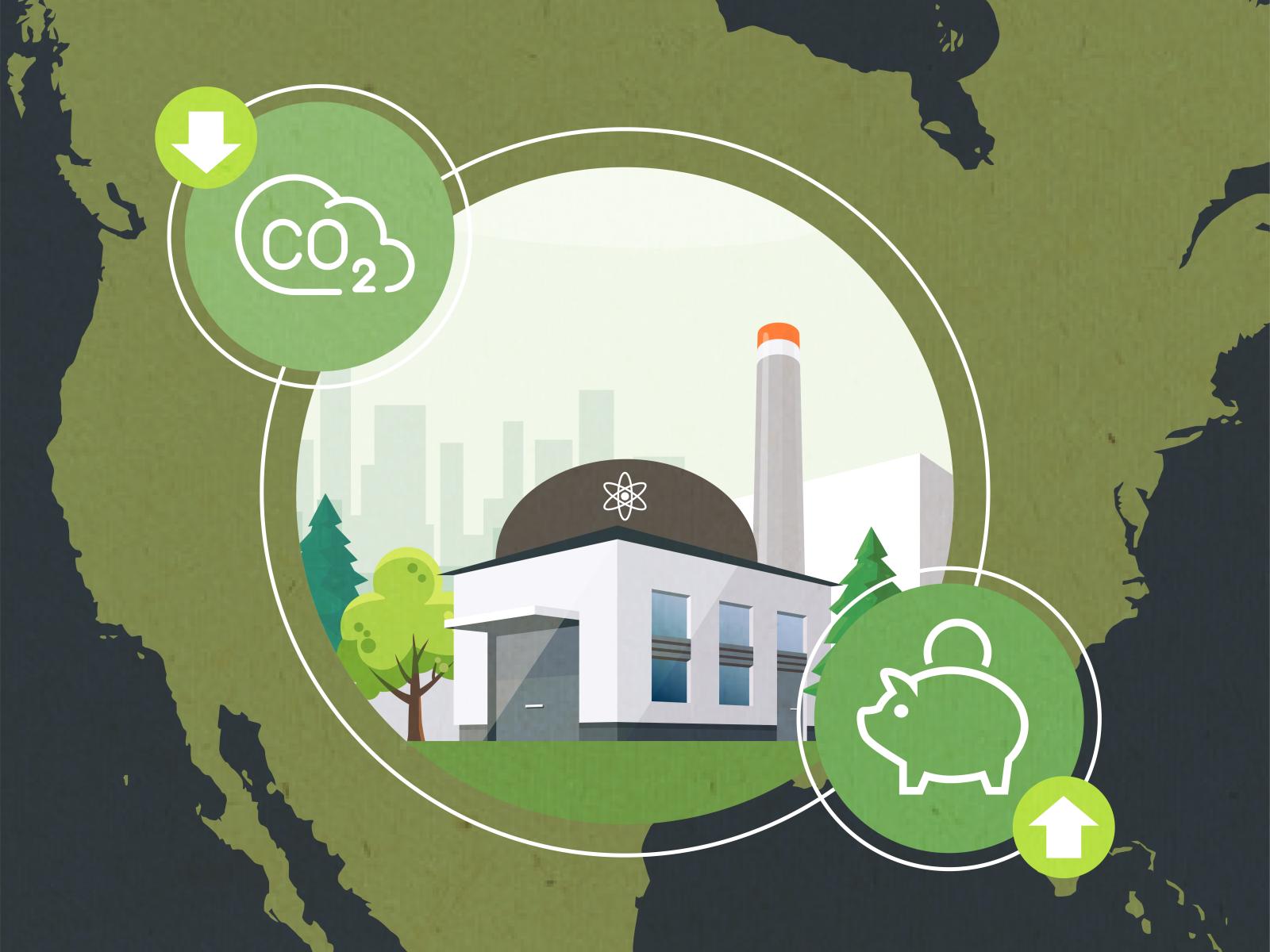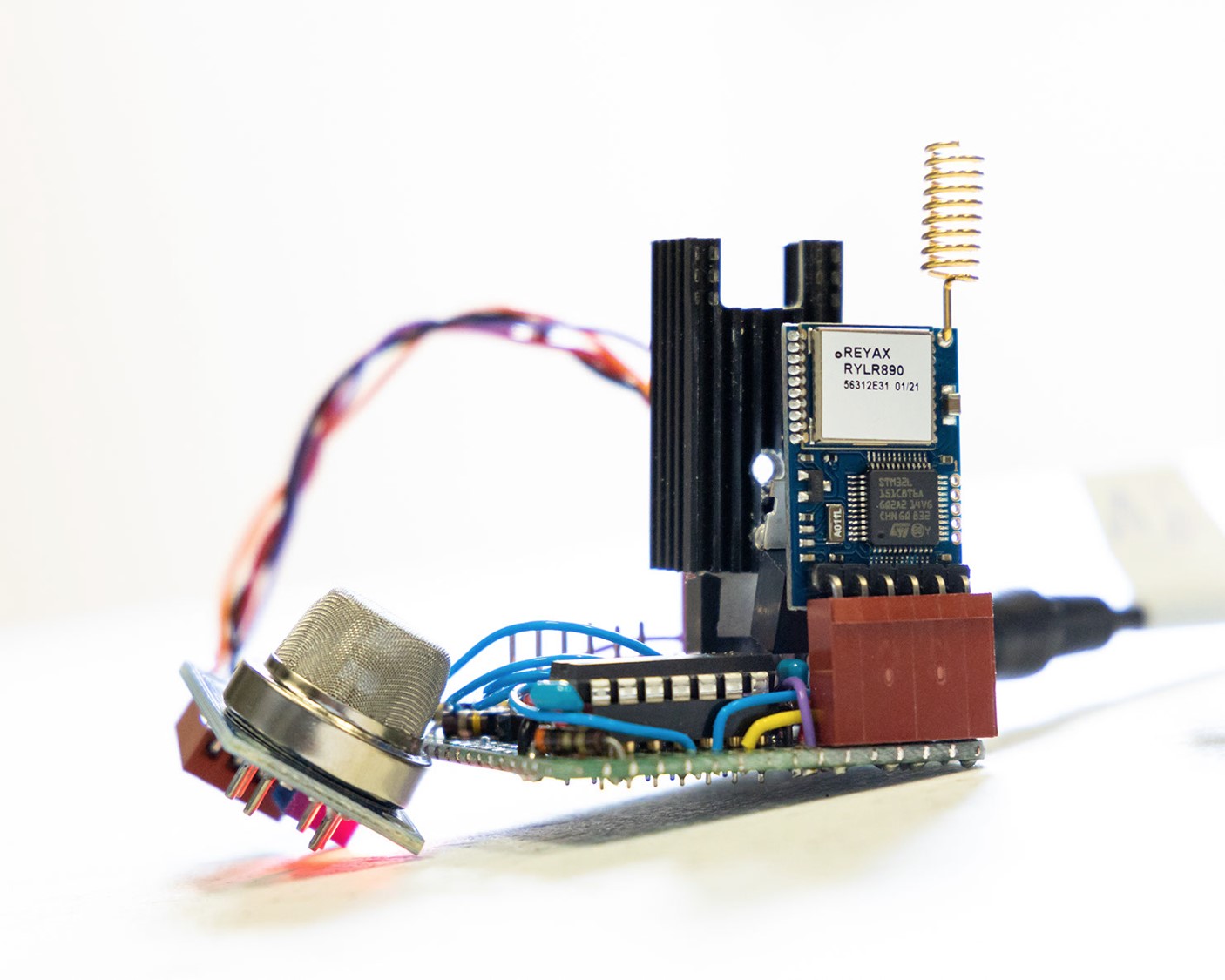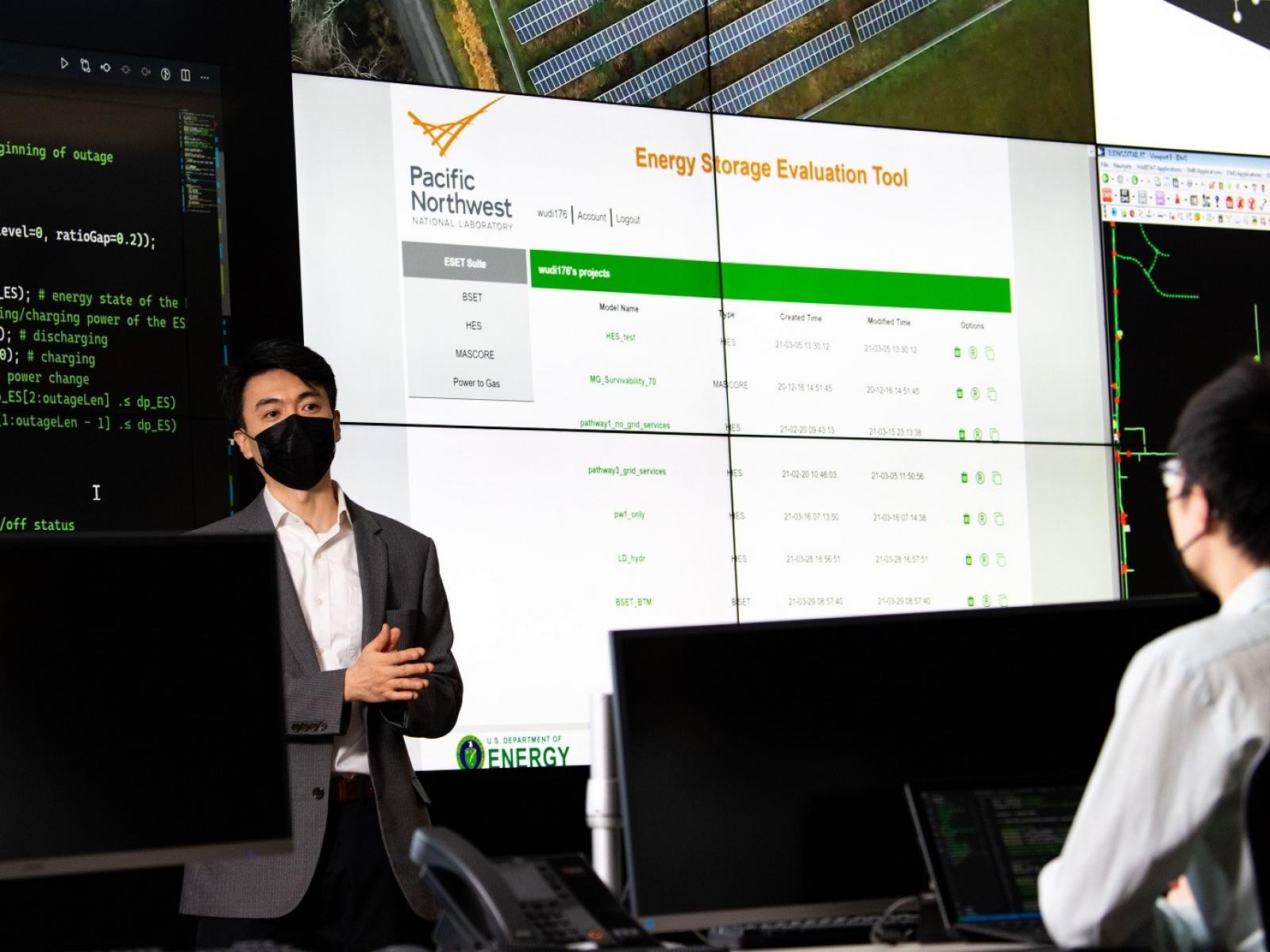Raised in Texas’ Rio Grande Valley by hardworking parents who were not given the opportunity to obtain any type of higher degree, Brittany Rodriguez never imagined she would pursue a science career at a Department of Energy national laboratory.

news, journals and articles from all over the world.

Raised in Texas’ Rio Grande Valley by hardworking parents who were not given the opportunity to obtain any type of higher degree, Brittany Rodriguez never imagined she would pursue a science career at a Department of Energy national laboratory.
Abstract The US electric vehicle (EV) market has grown exponentially, thanks in part to ambitious EV sales targets, vehicle purchase incentives, and investments in EV manufacturing. To continue expanding the market, charging infrastructure investment needs to be adequately aligned with…
Abstract The US electric vehicle (EV) market has grown exponentially, thanks in part to ambitious EV sales targets, vehicle purchase incentives, and investments in EV manufacturing. To continue expanding the market, charging infrastructure investment needs to be adequately aligned with…
Abstract With the adoption of carbon neutrality policies, an increasing number of countries have implemented diverse measures to facilitate the energy transition away from fossil fuels. Ascertaining the efficacy of these measures towards meeting the goals of Paris Agreement and…
Abstract Energy intensive processes are embedded in the socio-economic and political fabric of our societies; therefore a “green industrial revolution” entails major technical achievements and profound social transformations. In this uncertain landscape, businesses face a crucial but difficult position: they…

Researchers from PNNL have been assessing installation and use of electric heat pumps in an Alaskan community that relies on fuel oil for heat. The resulting information could advance electrification in cold rural areas across the nation.
The Department of Energy’s Oak Ridge National Laboratory has been selected to lead an Energy Earthshot Research Center, or EERC, focused on developing chemical processes that use sustainable methods instead of burning fossil fuels to radically reduce industrial greenhouse gas emissions to stem climate change and limit the crisis of a rapidly warming planet.
Scientists have demonstrated “multielement ink” – the first “high-entropy” semiconductor that can be processed at low-temperature or room temperature. The new material could enable cost-effective and energy-efficient semiconductor manufacturing.
Lawrence Livermore National Laboratory (LLNL), California State University, Bakersfield (CSUB) and the Livermore Lab Foundation (LLF) have signed an agreement to collaborate on advanced and clean-energy technologies, research opportunities and community partnerships that have the potential to shape the future of energy in the state and bring high-quality jobs to the region.
Oak Ridge National Laboratory researchers have developed a training camp to help manufacturing industries reduce energy-related carbon dioxide emissions and improve cost savings.
Oak Ridge National Laboratory (ORNL), the Department of Energy’s largest multidisciplinary laboratory, and Fairbanks Morse Defense (FMD), a portfolio company of Arcline Investment Management, have entered into a Memorandum of Understanding (MOU) to collaborate on the development and integration of alternative fuel technologies aimed at reducing the marine engine’s reliance on fossil fuels.
The Laboratory Directed Research and Development project is aimed at increasing knowledge about greener reduction processes to help accelerate and achieve CO2-free production of metals.

As the world races to discover solutions for reaching net zero carbon emissions, a PNNL analysis quantifies the economic value of the existing nuclear power fleet and its carbon-free energy contributions.
Crises can accelerate structural change and spur an absolute decoupling of CO2 emissions from economic growth.
A novel technique called Underground Gravity Energy Storage turns decommissioned mines into long-term energy storage solutions, thereby supporting the sustainable energy transition.

Scientists at the Department of Energy’s Oak Ridge National Laboratory have created a miniaturized environment to study the ecosystem around poplar tree roots for insights into plant health and soil carbon sequestration.
Chemical engineers at the University of Illinois Chicago are investigating new methods to reduce carbon dioxide emissions from cement manufacturing, thanks to two federal grant awards.

ORNL Story tips: Split-second leak detection, serendipitous silicon and retrofitting untapped dams
PNNL will demonstrate how new technologies, innovative approaches and partnering with others can lead to net-zero emissions and decarbonization of operations.
Tackling the climate crisis and achieving an equitable clean energy future are among the biggest challenges of our time. Oak Ridge National Laboratory, the largest Department of Energy science and energy laboratory in the country, is deeply invested in the big science capabilities and expertise needed to address the climate challenge on multiple fronts.
Finding a way to reduce metric tons of carbon dioxide while sustaining food products to feed the country and the world is becoming an area of increased focus in national decarbonization efforts and is attracting increased attention at Oak Ridge National Laboratory.
David Sholl, director of Oak Ridge National Laboratory’s new Transformational Decarbonization Initiative, is on a mission: hasten the development and deployment of decarbonization solutions for the nation’s energy system.

PNNL’s new Hydrogen Energy Storage Evaluation Tool allows users to examine multiple energy delivery pathways and grid applications to maximize benefits.
A new study highlights the opportunity to complement climate mitigation scenarios with scenarios that capture the interdependence among investors’ perception of future climate risk, the credibility of climate policies, and the allocation of investments across low- and high-carbon assets in the economy.
A new study explored options for empowering citizens as a driver for moving from awareness about the need to transform energy systems to action and participation.
The production of green steel will be a critical step to enable the world’s heavy industry to reduce its greenhouse gas emissions and Australia is well placed to be an important player in this space.
Current world energy consumption is tied to unchangeable past economic production. And the way out of an ever-increasing rate of carbon emissions may not necessarily be ever-increasing energy efficiency—in fact it may be the opposite.